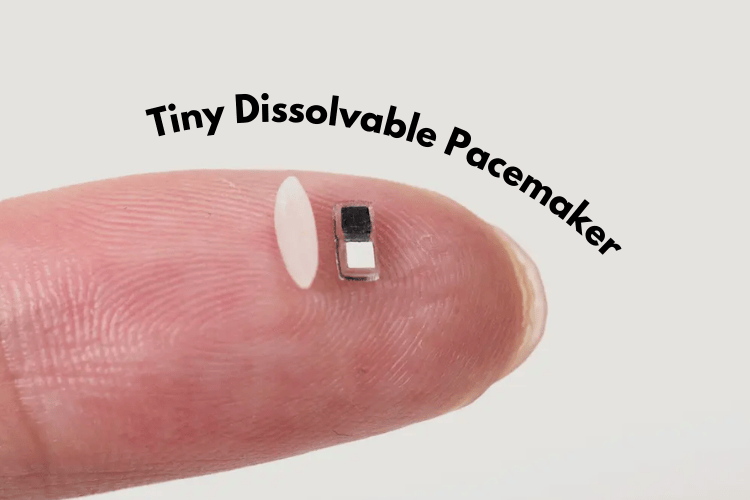
Researchers at Northwestern University have developed an ultra-small, dissolvable pacemaker that can be injected into the body and controlled wirelessly. This tiny pacemaker is a much-needed upgrade for newborns with heart conditions, offering a solution that’s small enough to fit their tiny bodies. One of its biggest advantages is that it dissolves on its own once it’s no longer needed, eliminating the need for surgery to remove it.
Smaller than a grain of rice, this pacemaker runs on a galvanic cell that uses body fluids to generate electricity. It can detect irregular heartbeats and be activated using infrared light pulses. This new design significantly reduces the size, risk, and trauma associated with conventional temporary pacemakers.
Looking ahead, researchers believe this technology could do more than just help babies. It could be integrated with heart valve replacements, treat irregular heart rhythms, and even heal bone and nerve through similar small sized bioelectric implants. This innovation paves the way for safer, more advanced implantable medical devices that work seamlessly with the human body.

